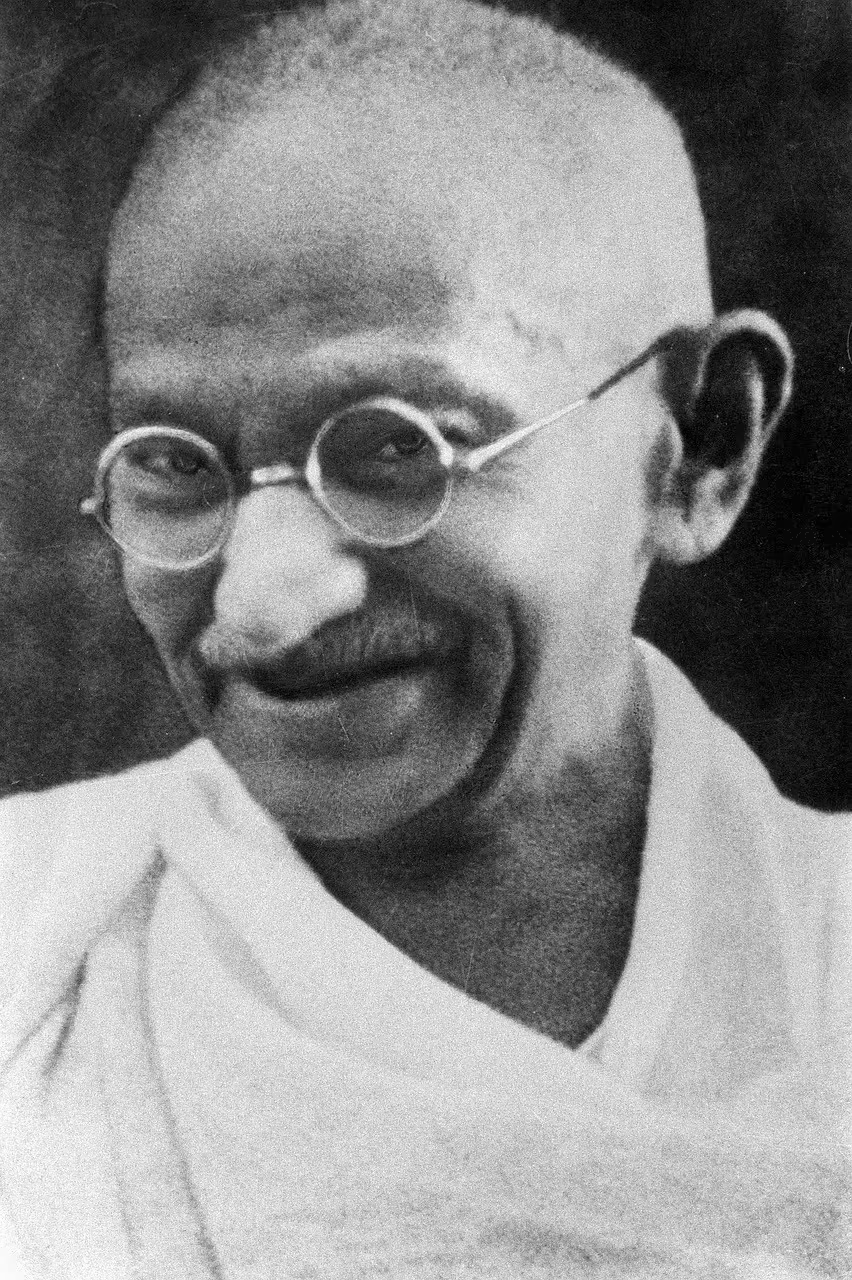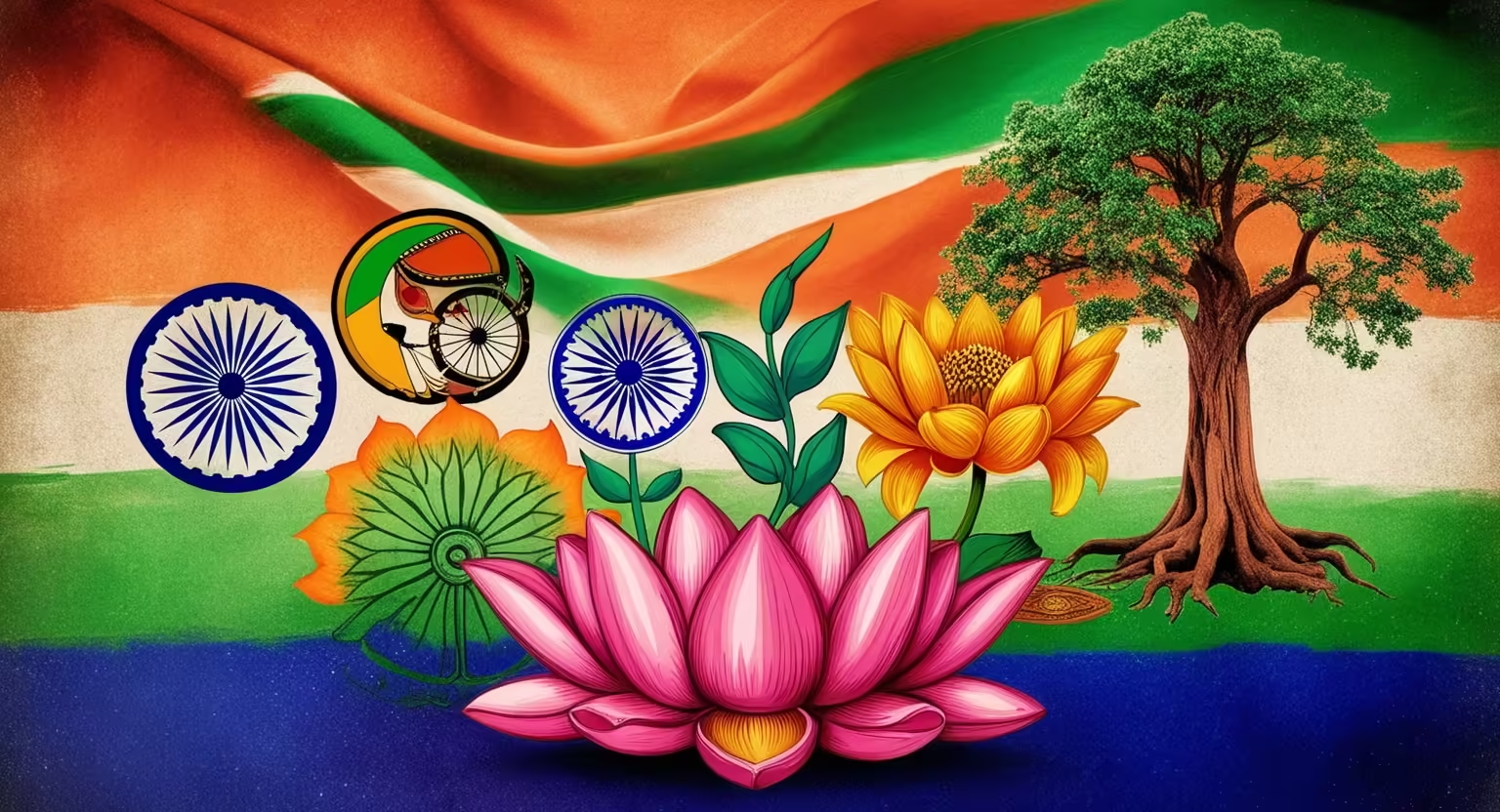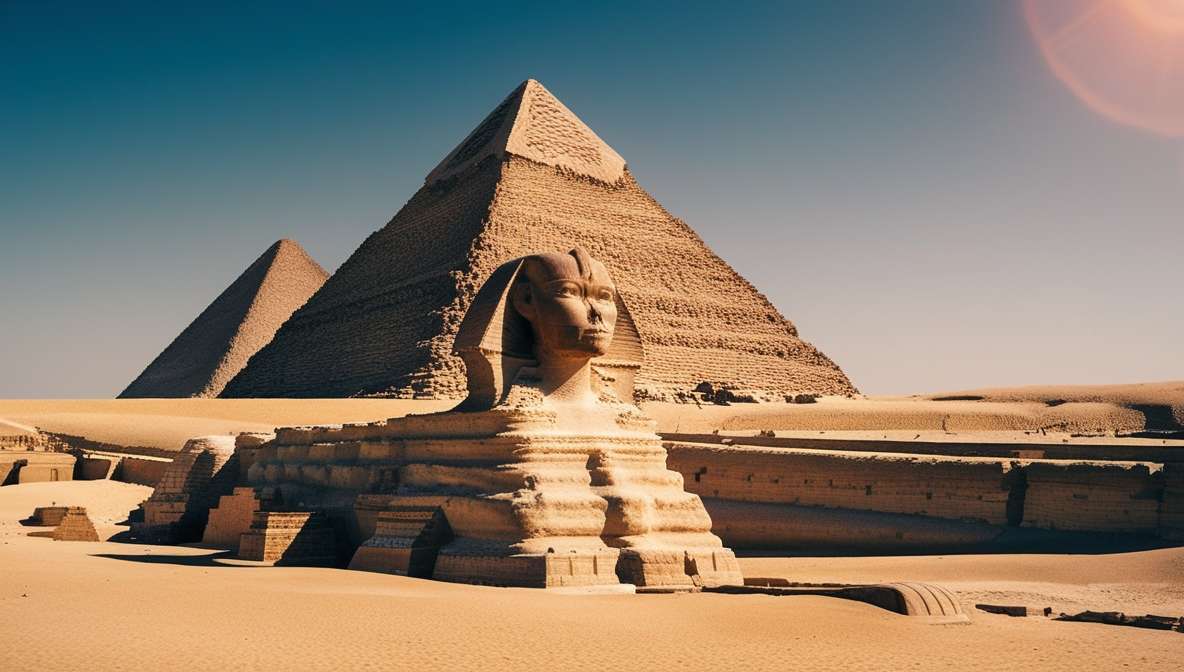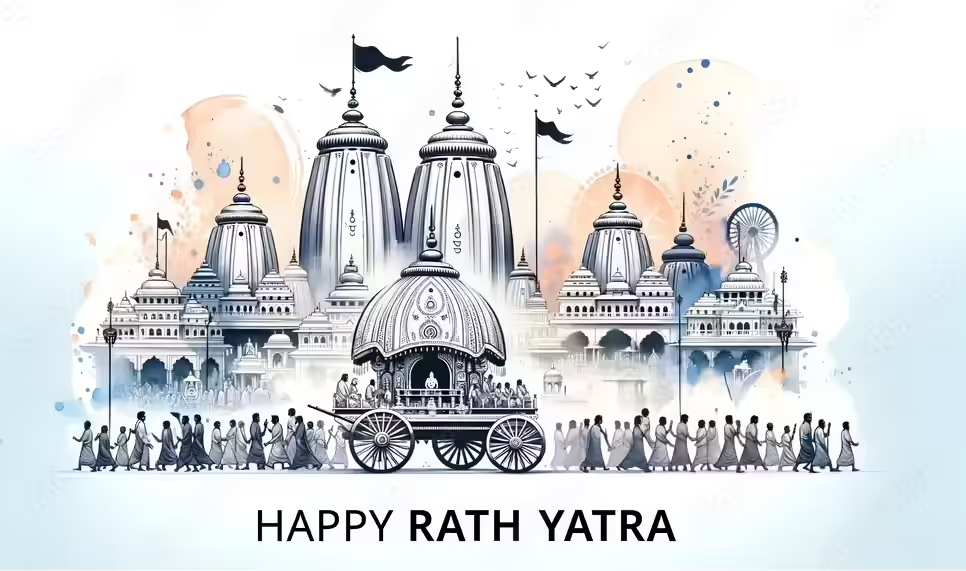Table of Contents
ToggleFreedom Fighters of India
India’s freedom struggle is a tale of bravery, sacrifice, and determination. Many leaders emerged to challenge British rule and inspire millions to fight for independence. Here are the top 10 freedom fighters who played a pivotal role in India’s independence movement.
1.Mahatma Gandhi

- Salt March: Gandhi led a 240-mile march to the Arabian Sea to protest the British salt tax.
- Quit India Movement: A mass protest demanding an end to British rule.
- Non-Cooperation Movement: Gandhi urged Indians to boycott British goods and institutions.
2.Jawaharlal Nehru

Jawaharlal Nehru, the first Prime Minister of India, was a key leader in the Indian National Congress. His vision for a free, modern India shaped the country’s future.
- Tryst with Destiny: Nehru’s famous speech on the eve of India’s independence.
- Education: Promoted scientific temper and modern education.
- Economic Policies: Advocated for a mixed economy and industrialization.
- Role in INC: Integral in shaping the policies and direction of the Indian National Congress.
3.Subhas Chandra Bose

- Subhas Chandra Bose, also known as Netaji, was a charismatic leader who formed the Indian National Army (INA) to fight against British rule.
- Azad Hind Fauj: Established the INA to overthrow British rule through armed struggle.
- Alliance with Axis Powers: Sought support from Germany and Japan during WWII.
- INA Trials: The trials of INA officers galvanized Indian open supposition against British rule.
- Legacy: Remembered for his radical approach and inspirational leadership.
4.Bhagat Singh

Bhagat Singh got to be a image of the progressive youth of India.
- Assembly Bombing: Threw a bomb in the Central Legislative Assembly to protest repressive laws.
- Lahore Conspiracy Case: Arrested and hanged for his involvement in the killing of a British officer.
- Martyrdom: Executed at the age of 23, becoming a legend among Indian youth.
- Ideology: Advocated for socialism and an end to British imperialism.
5.Rani Lakshmibai

The Queen of Jhansi, Rani Lakshmibai, was one of the leading figures of the 1857 revolt against British rule.
- Battle of Jhansi: Defended her kingdom against British forces with remarkable courage.
- Symbol of Resistance: Became a symbol of resistance and bravery.
- Legacy: Motivated future eras to battle for independence.
- Death: Died in battle, becoming an enduring icon of the independence movement.
6.Sardar Vallabhbhai Patel

Known as the Iron Man of India, Sardar Patel played a crucial role in uniting the country after independence.
- Integration of Princely States: Unified over 500 princely states into the Indian Union.
- Role in INC: A senior leader who played a significant part in the Quit India Movement.
- Statue of Unity: Honored with the world’s tallest statue in Gujarat.
- Leadership: Known for his firm and decisive leadership.
7.Bal Gangadhar Tilak

Bal Gangadhar Tilak, famously called Lokmanya Tilak, was a prominent leader who declared, “Swaraj is my birthright, and I shall have it.”
- Ganesh Chaturthi & Shivaji Jayanti: Used cultural festivals to mobilize masses.
- Newspapers: Edited Kesari and Maratha to spread nationalist ideas.
- Imprisonment: Imprisoned several times for his anti-British activities.
- Legacy: Remembered as the Father of Indian Unrest.
8.Dr. B.R. Ambedkar

Dr. B.R. Ambedkar, the principal architect of the Indian Constitution, was a social reformer who fought against social discrimination.
- Drafting the Constitution: Led the drafting committee of the Indian Constitution.
- Social Justice: Advocated for the rights of Dalits and marginalized communities.
- Education: Promoted the importance of education for social upliftment.
- Legacy: Continues to inspire movements for social equality and justice.
9.Sarojini Naidu

Known as the Nightingale of India, Sarojini Naidu was a poet and a leader in the Indian National Congress.
- Civil Disobedience Movement: Played a key role in the Salt Satyagraha.
- Women’s Rights: Advocated for women’s education and empowerment.
- First Woman President of INC: Elected president of the Indian National Congress in 1925.
- Poetry: Her poems reflect her patriotic fervor and love for India.
10.Lala Lajpat Rai

Lala Lajpat Rai, known as Punjab Kesari, was a fierce patriot who actively participated in the independence movement.
- Simon Commission Protest: Injured during a protest against the Simon Commission and later died from his injuries.
- Lal-Bal-Pal Trio: Worked alongside Bal Gangadhar Tilak and Bipin Chandra Pal to promote swaraj.
- Legacy: His martyrdom sparked nationwide protests and further united the country against British rule.
- Social Reforms: Advocated for education and social reforms in Punjab.
The main leaders included Mahatma Gandhi, Jawaharlal Nehru, Subhas Chandra Bose, Bhagat Singh, Rani Lakshmibai, Sardar Vallabhbhai Patel, Bal Gangadhar Tilak, Dr. B.R. Ambedkar, Sarojini Naidu, and Lala Lajpat Rai.
Mahatma Gandhi led the movement with his philosophy of non-violence and civil disobedience, inspiring millions to join the fight against British rule.
Subhas Chandra Bose formed the Indian National Army (INA) and allied with Axis powers during World War II to fight for India’s independence through armed struggle.
Bhagat Singh’s acts of bravery, including the bombing of the Central Legislative Assembly and his martyrdom at a young age, made him a symbol of revolutionary youth in India.
Rani Lakshmibai of Jhansi led her troops in the 1857 revolt against British rule, becoming an enduring symbol of courage and resistance.
Sardar Patel played a crucial role in integrating over 500 princely states into the Indian Union, ensuring national unity and stability.
Bal Gangadhar Tilak mobilized the masses through cultural festivals and nationalist newspapers, advocating for self-rule and inspiring the Indian youth.
Dr. B.R. Ambedkar chaired the Drafting Committee of the Indian Constitution, advocating for social justice and the rights of marginalized communities.
Sarojini Naidu played a pivotal role in the Civil Disobedience Movement and became the first woman president of the Indian National Congress in 1925.
Lala Lajpat Rai, known as Punjab Kesari, actively protested against British policies and died from injuries sustained during a protest against the Simon Commission, becoming a martyr and a symbol of resistance.




Good
Thank you